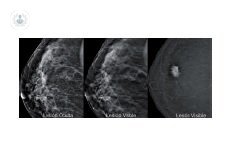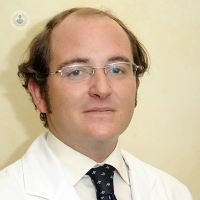Mammography XXI century
Written by:The incidence of breast cancer has increased in children under 40 years
 Breast cancer is the most common malignant disease in women in Europe and North America, and in recent years there has been an increase in its incidence in children under 40 years. It is a socio-sanitary problem that causes great concern in the general population and in the scientific community.
Breast cancer is the most common malignant disease in women in Europe and North America, and in recent years there has been an increase in its incidence in children under 40 years. It is a socio-sanitary problem that causes great concern in the general population and in the scientific community.
Thanks to advances in radiology , especially in mammography, it is possible to detect precancerous and malignant lesions at their earliest manifestation, which has improved the prognosis of the disease and reduced mortality from breast cancer.
Routine screening mammography screening or screening in asymptomatic women allows us to advance in time and make earlier diagnosis, before the patient is palpated. Mammography has undergone a great change in the last twenty years, being an increasingly accurate and evolved test. The most important technological changes are the incorporation of digital mammography, tomosynthesis and contrast mammography.
Treatment of breast cancer
• Digital Mammography. It allows to increase the capacity of image resolution, manipulation and storage of the same. It would be comparable to digital photography.• Tomosynthesis. It consists of performing at the same time, in addition to the normal mammography, tomographic sections of the breast, as a scanner of very thin cuts of 1 mm in thickness that allows to avoid tissue overlap, such as a 3D mammogram that is especially useful in dense breasts.• Mammography with Contrast. This improvement consists in injecting the patient with an iodized contrast to later perform the mammography. That contrast will be captured by the breast tumors and will be represented in the image as a light bulb in a dark room. It allows an increase in the sensitivity and specificity of the test. This may replace in some cases the Magnetic Resonance. We can say that today's mammography, of the 21st century, is an efficient, modern and very complete technique by having functionalities like 'The Tomosynthesis' and 'The Contrast'. Performed periodically allows early detection of breast cancer and helps to cure it in most cases.



